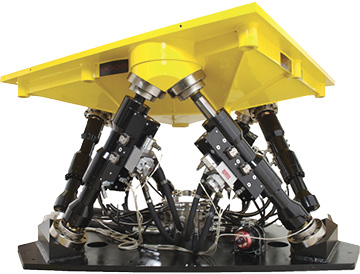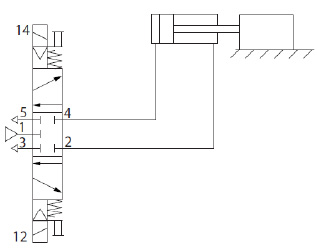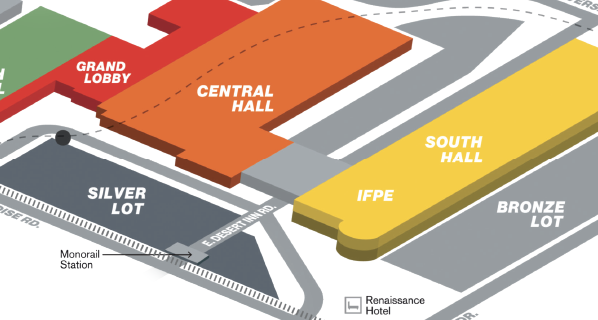Fluid Power Electronic Controls Specialist (ECS) Certification Upgrade
The IFPS Certification Committee is proud to release a revised, enhanced, and fine-tuned version of the ECS.
The IFPS defines a Fluid Power Electronic Controls Specialist as an individual who analyzes and designs systems, selects components, and instructs others in operations and maintenance.
This ECS certification is designed to review and test understanding, specification, and application of the full breadth of electronics used in the fluid power industry from simple sensors and limits to HMIs, controllers, and networks. It includes a brief review of applicable pneumatic and hydraulic principles, as well as in-depth examples of the electronics for both mobile and industrial fluid power equipment.
 The Electronic Controls Specialist certification requires a three (3)-hour written test.
The Electronic Controls Specialist certification requires a three (3)-hour written test.
Summary:
- Fluid Power Systems
- Electronic and Electrical Principles
- Input/Output Devices
- Applying Control Theory
- Interacting with Controllers
- Utilize Industrial Networks
 1. In the circuit on the left, the cylinder was extending when the electrical power was suddenly, but only momentarily, interrupted. What happens to the cylinder if solenoid 12 is then energized momentarily, then de-energized?
1. In the circuit on the left, the cylinder was extending when the electrical power was suddenly, but only momentarily, interrupted. What happens to the cylinder if solenoid 12 is then energized momentarily, then de-energized?
a. Cylinder will completely extend.
b. Cylinder will completely retract.
c. Cylinder will retract slightly and stop in place.
d. Cylinder will extend slightly and stop in place.
e. Cylinder will extend slightly; then retract completely
2. Which statement is TRUE about the Count Up Counter(CTU) in IEC 61131-3 programming (pictured below)?

a. The CTU.Q transitions from zero (0) to one (1) when the CTU.CV is greater than CTU.PV.
b. The RESET input is optional (without it, this will function as a repetitive retentive counter).
c. The CTU.Q bit is cleared when CTU.IN transitions from one (1) to zero (0).
d. As long as CTU.IN is a logical one (1), the counter can continue to increment.
e. The counter increments by one (1) with each input change from one (1) to zero (0).
3. An electrically modulated relief valve requires a current input of 0-700mA. The solenoid coil resistance is 28.5Ω. A potentiometer supply of 10 volts is available, but it can provide no more than 10mA current. Calculate the minimum potentiometer resistance.
a. 1kΩ
b. 10kΩ
c. 5kΩ
d. 7kΩ
e. 100Ω
See The Answers
Visit www.ifps.org to download a study manual and register for a test.







